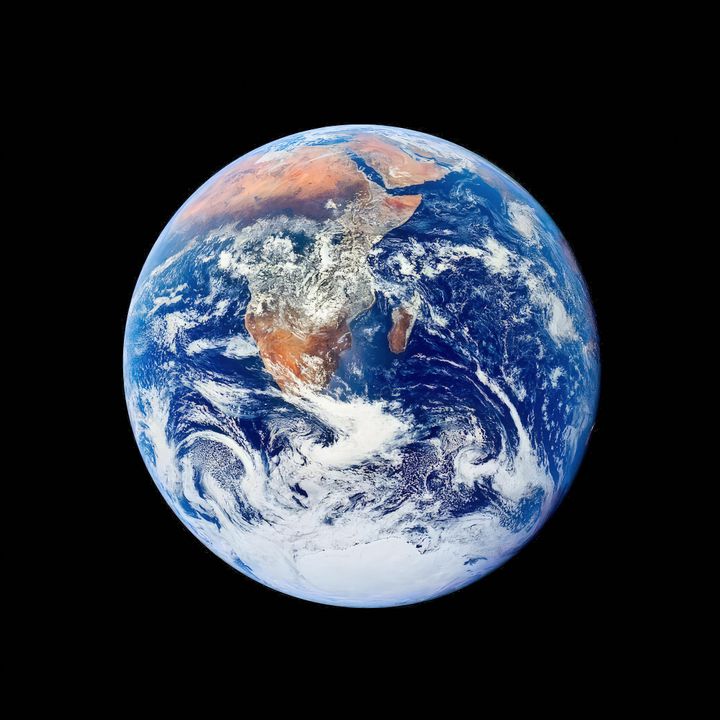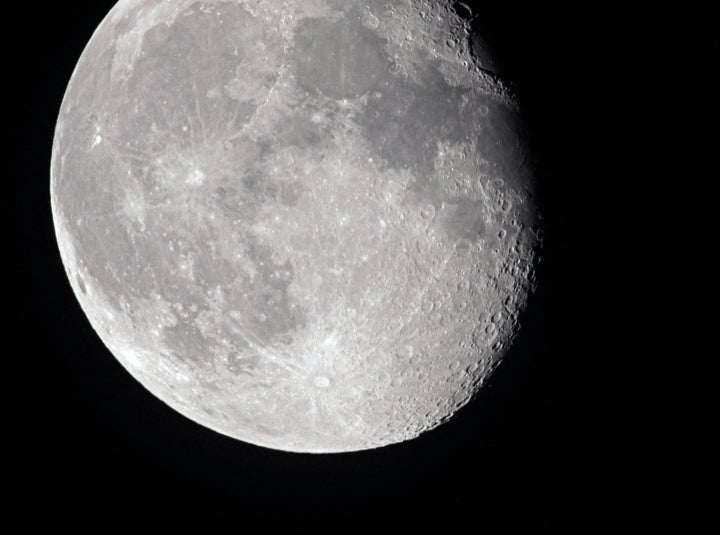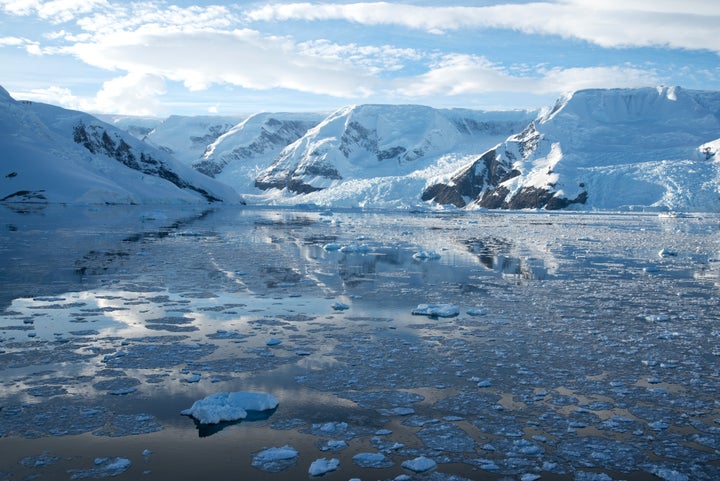
The news cycle has been especially difficult and intense recently – so it’s very understandable if you’ve missed some of the softer stories which have emerged this week.
And some of those headline remind us just how rich the Earth’s history is, and how much there is still to learn about our home.
Here’s a look at just four stories which broke over the last week, which cast the planet a new light.
1. Mysterious Roman forts were unearthed
Spy images which have just been declassified have revealed 396 forts in Syria and Iraq which specialists believe belonged to the Roman empire.
Why does this matter? Well, it could alter how we perceive this part of the Roman rule.
Archeologists say these aerial photos, taken in the 1960s and 1970s of the Syrian desert, could indicate there was a road rather than a wall stretching across the region.
These findings, published on Thursday in Antiquity – an international archeology academic journal – question previous beliefs that the Romans built a wall around the eastern part of its empire to protect against nomadic tribes.
But, if these structures are proof of a road, then the Romans may have been moving people and goods across the Syrian steppe, rather than trying to guard against them.
The study’s lead author and archeologist at Dartmouth College, Jesse Casana, said: “They don’t look like wall meant to keep people out. They look like they’re placed to facilitate movement.”
2. Dinosaur footprints found on the Isle of Wight
A press release from the government’s Environment Agency revealed earlier this week that dinosaur footprints have been discovered on a beach off the south coast of England during coastal flood checks.
Said to be 125 million years old, experts believe they could from a mantellisaurus – that’s a seven-metre long, 750kg, three-toed herbivore, in case you weren’t aware – alongside everyday life, including a cafe, a car park and a bus stop.
The Environment Agency said: “Their hunch is probably right, but more secrets laid bare in any event from an age that spawned the fictional characters – every find fuelling the knowledge base of those charged with recording ancient eras.”
It added: “It’s a layer of history we have only seen brought to life in The Flintstones or movies like Jurassic Park.”
The agency’s regional flood and coastal-risk manager Nick Gray said: “Dinosaurs existing right where our team is working brings old and new together – the modern challenges of combatting climate change with a period of time we can only imagine.”
Of course, we already knew that the Isle of Wight was a real tourist hotspot for dinosaurs back in the day, with 35 different types of dinosaurs found on the island.
3. Moon millions of years older than we thought
OK, this is not technically the Earth – but it is a little bit about how the Moon may have come from the Earth. Stick with us.
This week, scientists found everyone’s favourite lunar satellite might be 40 million years older than previously assumed – truly, an ageless queen of the night.
Researchers have re-examined crystals collected from the Moon’s surface between Apollo astronauts on missions between 1969 and 1972.
And one bit of this lunar dust contained zircon crystals, which formed billions of years ago – and therefore may indicate when the Moon formed.
The study, published in the journal Geochemical Perspective Letters, revealed these crystals are the “oldest known solids” which may have formed back when the Earth is thought to have collided with another planetary body.
This ancient collision released debris, and energy which melted the rock’s surface. This then moulded what we now know as the moon. It was only once that rock cooled, the zircon crystals could have formed.
The University of Chicago professor and the study’s senior author, Philipp Heck explained: “Any crystals on the moon’s surface must have formed after this lunar magma ocean cooled; otherwise, they would have been melted and their chemical signatures would be erased.”
So determining the age of the crystals would give us the minimum possible age of the moon.
Through radiometric dating of the crystals, the scientists found the sample was at least 4.46 billion years old.
The study’s lead author, Jennika Greer, worked with Heck as a doctoral candidate. Now a research associate the University of Glasgow, she said: “It’s amazing being able to have proof that the rock you’re holding is the oldest bit of the Moon we’ve found so far.
“It’s an anchor point for so many questions about the Earth. When you know how old something is, you can better understand what has happened to it in its history.”

4. Hidden landscape under Antarctic ice
Scientists think they have found an “undiscovered landscape” which “no one has laid eyes on” underneath the Antarctic ice.
And, it may have been there for millions of years, according to co-authors of the study, Durham University glaciologist Professor Stewart Jamison and Neil Ross, Professor of Polar Science and Environmental Geophysics at Newcastle University.
This body of land, which, at 12,000 sq miles, is larger than Belgium, may have been untouched for more than 34 million years.
That’s when Antarctica first froze over. Before, as Jamieson claims, it was “frozen in time” it may have been covered with trees and animals.
Jamieson said: “What is exciting is that it’s been hiding there in plaint sight.”
In fact, this part of the Antarctic – the east ice sheet – is less well known than the surface of Mars.
So how did they find it?
Using existing satellite images, the scientists traced valleys and ridges lying more than 1.6 miles underneath the surface.
The ice which sits on top of it is a “ghost image” of what lies beneath.
This was then combined it with radio-echo sounding data to firm up the image of the mysterious landscape.

